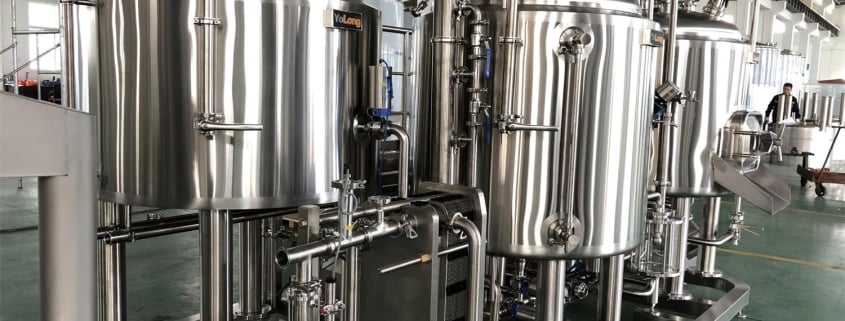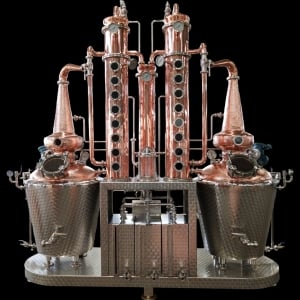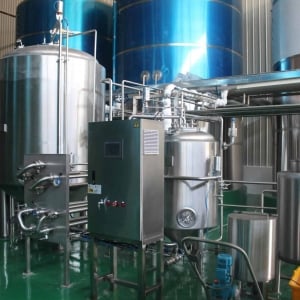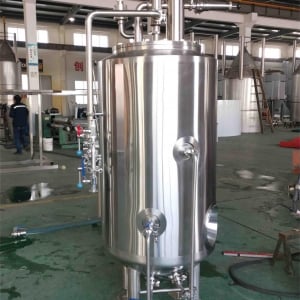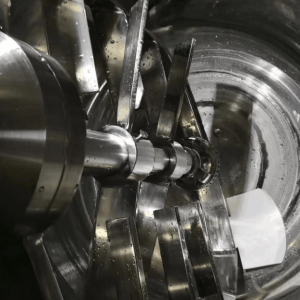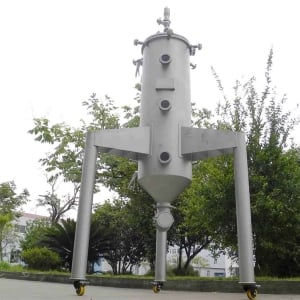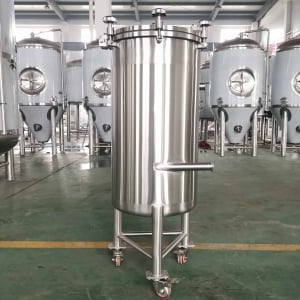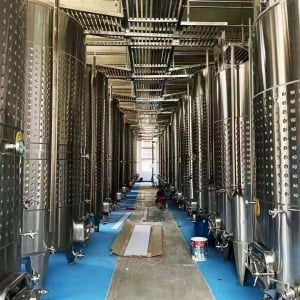The Ultimate Guide to Beer Brewhouse
Beer brewing has been a cherished craft for centuries, and with the rise of craft breweries, more and more people are taking an interest in creating their brews. Whether you’re a homebrewer dreaming of starting your microbrewery or an established brewer looking to expand, understanding the intricacies of a beer brewhouse is crucial. This comprehensive guide will walk you through everything you need to know about beer brewhouses, from equipment and brewing processes to choosing suppliers and understanding costs.
Overview of Beer Brewhouses
A beer brewhouse is the heart of any brewery, where the magic of turning grains, water, hops, and yeast into delicious beer happens. It encompasses all the essential equipment and processes required for brewing. Whether you’re setting up a small home system or a large commercial brewery, the basics remain the same, though the scale and sophistication of the equipment will differ.

Essential Brewhouse Equipment
Setting up a brewhouse involves several key pieces of equipment. Each component plays a vital role in the brewing process, ensuring the production of high-quality beer.
- Mash Tun: This is where the mashing process occurs, converting starches in the grains into fermentable sugars.
- Lauter Tun: Used for separating the wort (the liquid extracted from the mashing process) from the spent grains.
- Brew Kettle/Boil Kettle: Where the wort is boiled and hops are added for bitterness and aroma.
- Whirlpool: A vessel where the wort is spun to separate out solid particles before fermentation.
- Fermentation Tanks: Where yeast is added to the wort to start the fermentation process.
- Bright Tanks: Used for aging, conditioning, carbonating, and packaging the beer.
Brewhouse Equipment Types
| Equipment | Description |
|---|---|
| Mash Tun | Vessel where grain is mashed to convert starches into sugars |
| Lauter Tun | Used to separate the wort from the spent grains |
| Brew Kettle | Boils the wort and incorporates hops for flavor and aroma |
| Whirlpool | Spins the wort to separate solid particles |
| Fermentation Tank | Container where yeast is added to wort for fermentation |
| Bright Tank | Used for aging, conditioning, carbonating, and packaging the beer |
The Brewing Process
Brewing beer is both an art and a science. It involves several steps that transform basic ingredients into the flavorful beverage we enjoy.
Mashing
The brewing process begins with mashing, where crushed grains are mixed with hot water in the mash tun. This step converts the starches in the grains into fermentable sugars.
Lautering
Next, the mash is transferred to the lauter tun, where the liquid wort is separated from the solid grain husks. This step ensures that only the sweet liquid continues to the next phase.
Boiling
The wort is then moved to the brew kettle, where it is boiled. During the boil, hops are added at various stages to impart bitterness, flavor, and aroma to the beer.
Whirlpooling
After boiling, the wort is transferred to the whirlpool. Here, the wort is spun to separate out the solid particles, leaving a clear liquid ready for fermentation.
Fermentation
The clear wort is cooled and transferred to fermentation tanks. Yeast is added to the wort, and fermentation begins. This process can take several days to weeks, depending on the beer style.
Conditioning
Once fermentation is complete, the beer is transferred to bright tanks for conditioning. During this phase, the beer matures, carbonates, and develops its final flavor profile.
Packaging
Finally, the beer is packaged into bottles, cans, or kegs for distribution and consumption.
Brewhouse Capacity, Space, and Design
When planning a brewhouse, it’s essential to consider the capacity, available space, design, and potential for customization.
| Factor | Details |
|---|---|
| Capacity | Determine the volume of beer you intend to produce (e.g., 1-barrel, 10-barrel systems) |
| Space | Assess the available space for the brewhouse and equipment setup |
| Design and Layout | Plan an efficient workflow and layout for equipment placement |
| Customization | Consider the need for custom-built equipment to meet specific brewing requirements |
Choosing Brewhouse Equipment Suppliers and Price Range
Selecting the right equipment supplier is crucial for a successful brewhouse setup. Factors such as quality, cost, and support services should be considered.
| Supplier | Price Range | Notes |
|---|---|---|
| ABC Brewing Equipment Co. | $50,000 – $200,000 | Known for high-quality, customizable brewing systems |
| XYZ Breweries Ltd. | $30,000 – $150,000 | Offers competitive pricing and excellent after-sales support |
| Brewer’s Choice Equipment | $40,000 – $180,000 | Provides a wide range of equipment for small to mid-sized breweries |
Installation, Operation, and Maintenance of Brewhouse Equipment
Proper installation, operation, and maintenance are essential to ensure the longevity and efficiency of your brewhouse equipment.
| Aspect | Details |
|---|---|
| Installation | Follow manufacturer guidelines, consider hiring professional installers for complex setups |
| Operation | Train staff thoroughly on equipment usage, monitor brewing processes closely |
| Maintenance | Regular cleaning and servicing, schedule preventive maintenance to avoid downtime |
How to Choose a Brewhouse Supplier
Selecting a brewhouse supplier involves evaluating several key factors to ensure you make the best choice for your brewing needs.
| Factor | Details |
|---|---|
| Quality | Look for suppliers with a reputation for durable and reliable equipment |
| Customer Reviews | Check reviews and testimonials from other brewers |
| Support and Service | Ensure the supplier offers robust after-sales support and maintenance services |
| Customization Options | Assess the supplier’s ability to provide customized solutions |
| Cost | Compare prices and evaluate the value for money offered |
Advantages and Limitations of Beer Brewhouses
Every brewhouse setup has its pros and cons. Understanding these can help you make informed decisions.
| Aspect | Advantages | Limitations |
|---|---|---|
| Small-Scale Systems | Lower initial investment, easier to manage, suitable for experimentation | Limited production capacity, may require upgrades as demand increases |
| Large-Scale Systems | Higher production capacity, economies of scale | Higher initial investment, more complex to operate and maintain |
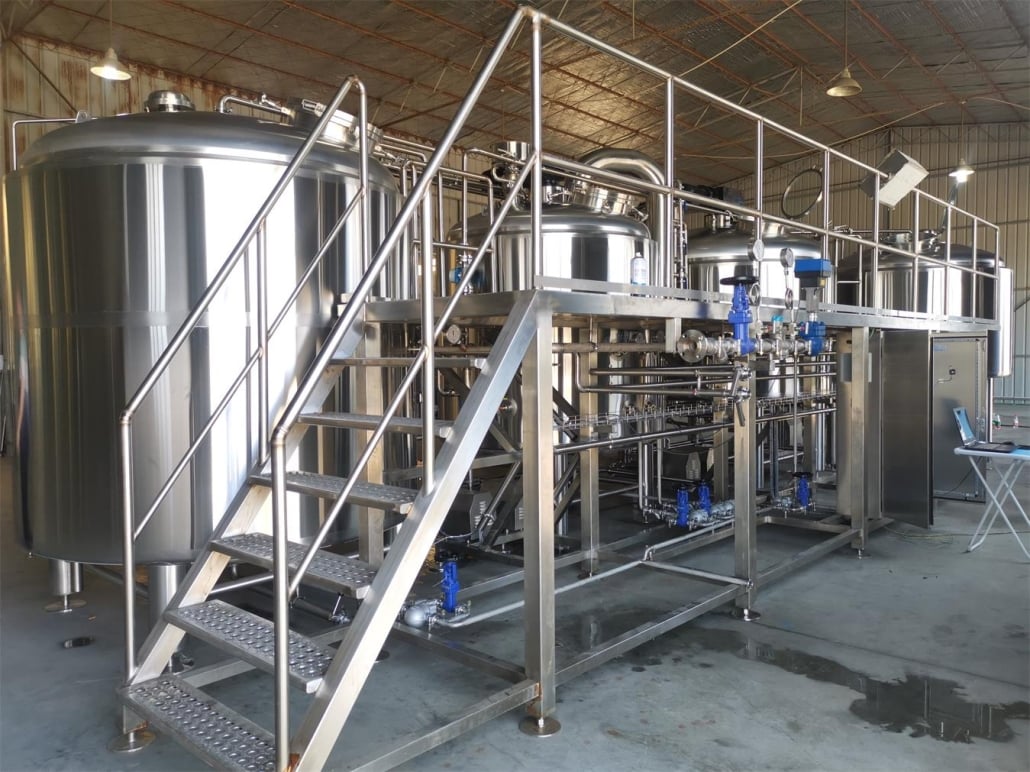
FAQs
| Question | Answer |
|---|---|
| What is a brewhouse? | A brewhouse is the central area in a brewery where the beer brewing process takes place, encompassing all the essential equipment needed for brewing. |
| How much does a brewhouse cost? | The cost of a brewhouse can vary widely depending on size and complexity, ranging from $50,000 for small systems to several hundred thousand dollars for large setups. |
| What equipment do I need for a brewhouse? | Essential equipment includes a mash tun, lauter tun, brew kettle, whirlpool, fermentation tanks, and bright tanks. |
| How do I choose a brewhouse supplier? | Evaluate suppliers based on quality, customer reviews, support services, customization options, and cost. |
| What are the steps in the beer brewing process? | The main steps are mashing, lautering, boiling, whirlpooling, fermentation, conditioning, and packaging. |
| How can I ensure my brewhouse runs efficiently? | Proper installation, thorough training, regular maintenance, and monitoring of brewing processes are key to efficient operation. |
| What are the advantages of a small-scale brewhouse? | Lower initial investment, easier management, and suitability for experimentation are key advantages of small-scale brewhouses. |
| What are the limitations of a large-scale brewhouse? | High initial investment and greater complexity in operation and maintenance are common limitations of large-scale brewhouses. |
Conclusion
Setting up and running a beer brewhouse is an exciting venture that combines creativity with technical expertise. By understanding the essential equipment, brewing process, and key factors in choosing suppliers and maintaining equipment, you can ensure the success of your brewery. Whether you’re a hobbyist homebrewer or an aspiring commercial brewer, the knowledge in this guide will help you navigate the complexities of brewing and produce high-quality beer. Cheers to your brewing journey!

